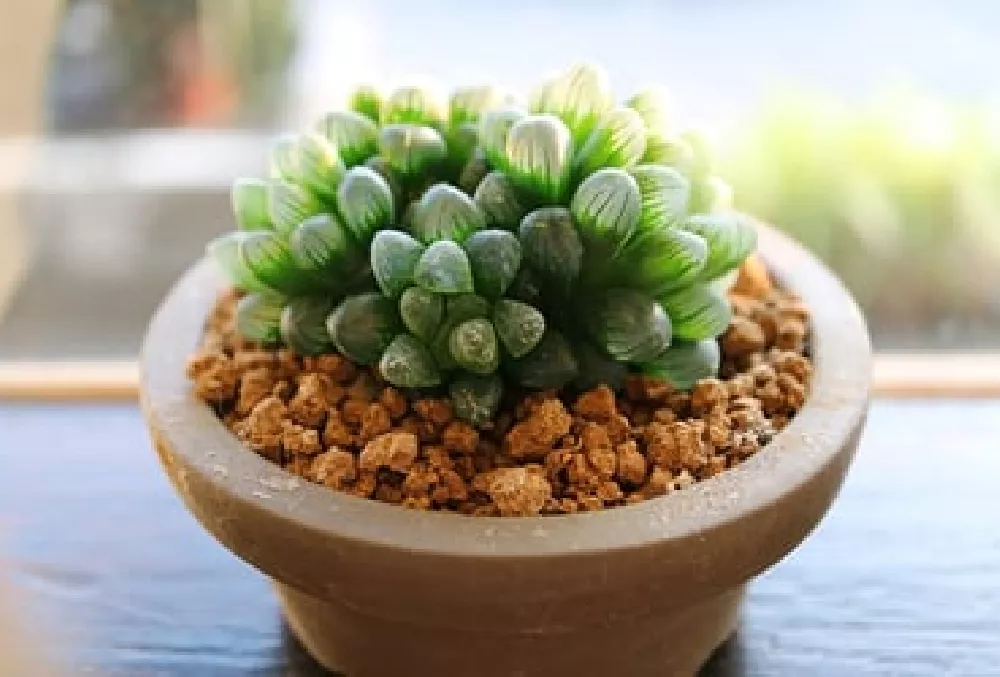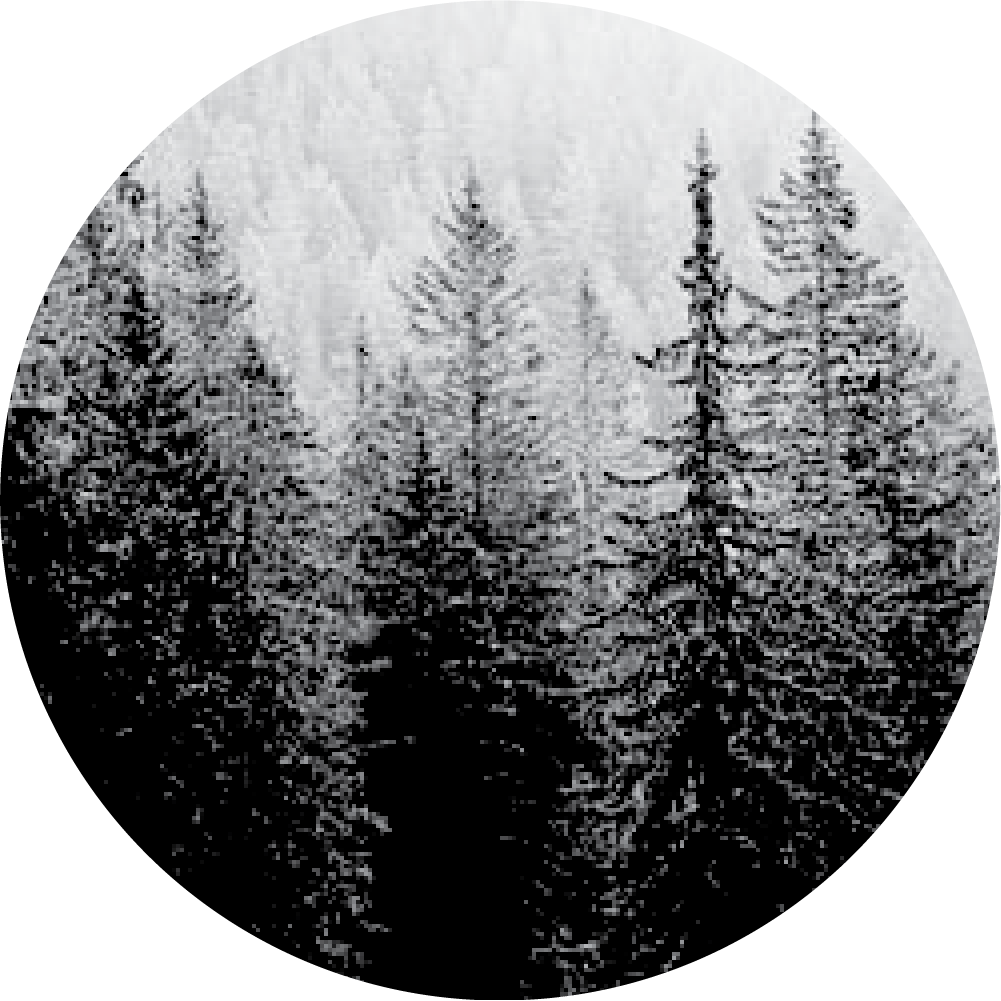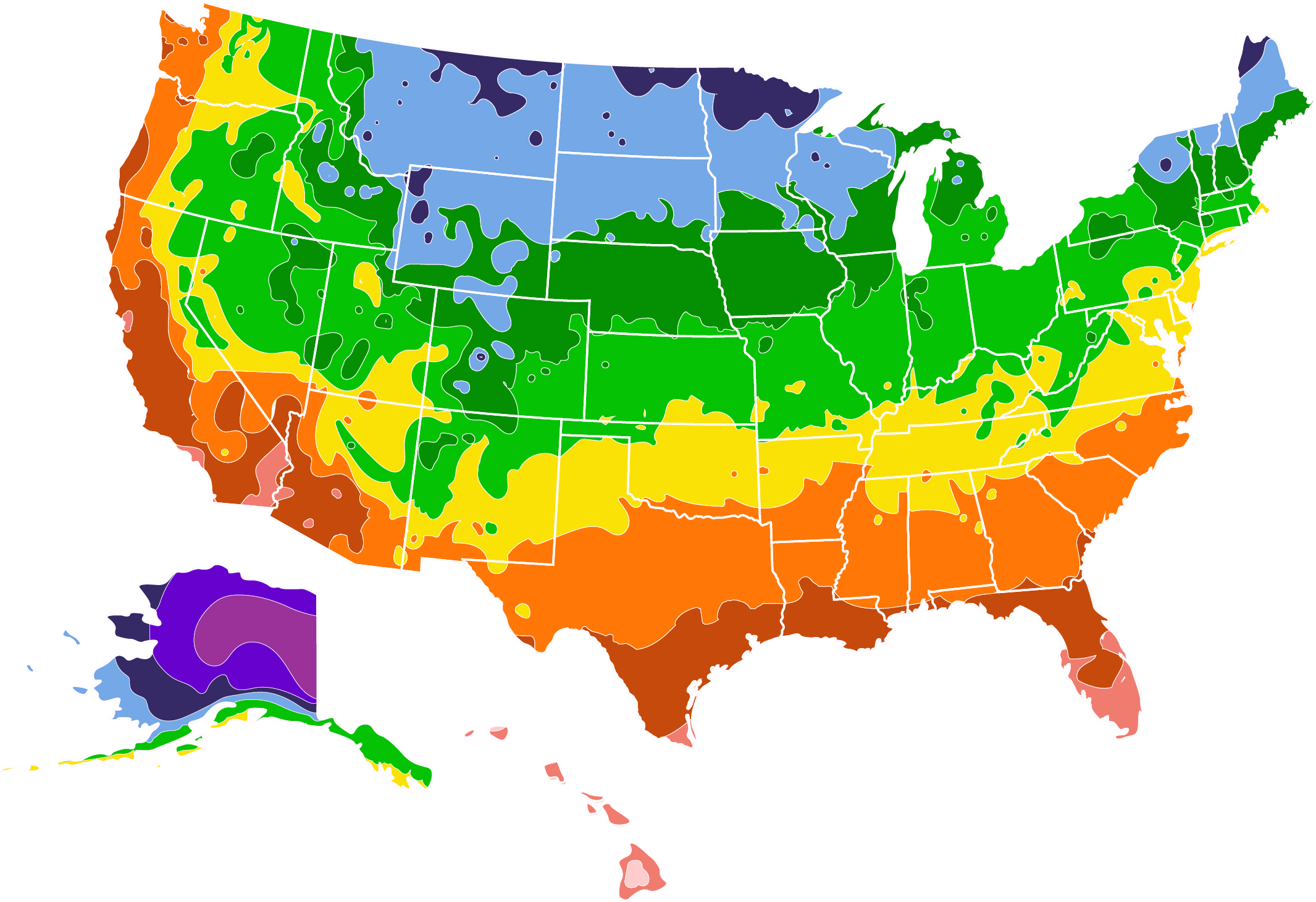- Home >
- Houseplants >
- Haworthia Zebra
Haworthia Zebra for Sale - Buying & Growing Guide
The Haworthia is a small, easy-to-grow succulent. There are over 60 different named species and 150 named varieties of the plant, with minor differences such as the orientation of the plant’s markings or the size of the leaves serving as the differential. The plant is known by a variety of names, including the “polka dot” succulent and the “zebra cactus.” It grows to just three to five inches in height, is nontoxic to pets, adds beautiful color and interest to any room and only requires water every couple weeks. Other unique characteristics include:
- Care of a Haworthia is exactly the same as what’s needed to keep an aloe or echeveria plant healthy.
- Haworthia will thrive in a sunny, warm window and can be moved outside during the summer.
- It has no known pests and its biggest vulnerability is overwatering.
Planting and Care
Planting instructions
Because of its petite size and tiny but dramatic fleshy green leaves, one of the joys of planting a Haworthia lies in choosing an appropriate container. While a conventional pot is always an option, many Haworthia owners choose unique and unusual containers such as teacups and coffee mugs. These work well as long as there are holes in the bottom to ensure good drainage.
Haworthia thrive in a commercially prepared cactus soil mix or any other potting soil that will drain quickly. If your potting medium holds too much moisture, mix it with perlite, sharp sand, pumice, or aquarium gravel, but stay away from playground sand, which can prevent water from draining from your container’s drainage holes. The plants should be repotted and the soil refreshed every two to three years.
Position your Haworthia in rooms with bright, indirect sun. You may move your plant outside once the weather is consistently above 70 degrees Fahrenheit, but take care about sunlight. Too much direct sun all at once can burn the plant – it needs gradual exposure, just like your skin! Haworthia plants are happiest in warm temperatures between 70 and 90 degrees Fahrenheit, with no additional humidity required.
Watering and nutrients
The most important thing you need to know about watering your Haworthia is to err on the side of underwatering. Only put water into the soil rather than letting it collect within the plant’s leaves, as this can lead to rot. Succulents need to dry out completely in order to remain healthy and generate root growth. Some plants will dry out once a week, but it depends on the plant’s size, the warmth of the room, and its light exposure. The top inch of soil may not dry out more than every two to three weeks during the spring and summer growing season, and less frequently during the winter. In fact, some suggest limiting winter watering to once every other month.
Cactus fertilizer is perfectly suited to the needs of your Haworthia, but you only need to provide it during the summer growing season.
Propagation
Haworthias are easily propagated through their offsets or “pups” – the smaller versions of the parent plant that form at the plant base. Prepare a small pot with drainage holes and cactus potting mix and set aside. Remove the parent plant from its container and gently remove offsets to be propagated. Leave the offset to callus over and dry for 24 hours or more. Then place the callused end into the top of the cactus mix in your container and leave it undisturbed for a week. Do not water – succulent offset growth occurs in response to lack of water.
Offsets will begin to grow new leaves and roots. When you begin watering your offsets, do so only once a week for the plants you keep outside, and once every two weeks for those you keep inside. Keep your outdoor offsets in partial shade, and your indoor ones in bright light.
Pruning
Haworthias do not need pruning, and attempting to do so can injure the plant. If a leaf or stem above the soil is injured, let it dry out and form a callus, making sure that the injured section does not come into contact with water. If a root is injured during propagation or repotting, allow it to dry out for at least 24 hours prior to replanting.
Pests, diseases, and animals
Haworthia are generally resistant to pests, but there are some that can affect your plant and lead to root and leaf rot. Resolve mealybugs infestations with an insecticide. Tackle fungus gnat infestations (whose larvae feed on roots) by removing the plant from its growing medium, discarding necrotic plant tissue, and soaking the plant in a one percent hydrogen peroxide solution for 15 minutes. Repot in new soil and discard the old. Haworthia are fairly resistant to aloe mites but they can be difficult to eliminate once a plant is infested. Quarantine infected plants to prevent spread to other plants and remove the infected part. If you’re unable to resolve infestation, you may have to discard the plant. Inspect it before discarding to see if you can propagate any healthy leaves.
The most common disease to afflict Haworthia is root rot, which is caused by poor drainage. This may also lead to leaf rot and wilting. Root rot may be treated by removing decayed roots, allowing the plant to form a callus at the injury site, and then repotting.
Soil
As these plants will not tolerate sitting in wet soil, planting them in a well-draining soil is essential. This will ensure that excess moisture drains away quickly so that the roots of the plant are not subjected to soggy living conditions.
Use a pre-mixed soil suitable for cacti and succulents, or make your own mix by combining organic potting soil with a mixture of shredded bark, coarse sand, pebbles, or charcoal. It’s a good idea to topdress your haworthia cooperi plants with gravel. While this might seem like a purely aesthetic feature, the gravel actually helps to keep the leaves of the plant from touching wet soil, and therefore helps to prevent them from rotting.
Light
This succulent enjoys bright light, but not direct or full sun. Direct sun will cause harm to the plant, and in fact, in its native habitat, the haworthia cooperi is mostly underground. Only the tips of the leaves protrude from the ground, with the majority of the foliage burying itself below soil level to protect itself from the sun.
When planting your own haworthia cooperi, you won’t need to replicate this growing style, so long as you position the plant in a spot where it receives bright, indirect light. If grown as a houseplant, a windowsill is an ideal growing spot, where sun floods through the window in the morning, but is shaded in the afternoon. Just 4 or 5 hours of sun each day will be enough to keep this succulent happy and thriving, but any less than this will result in a plant with stilted growth, which takes on a peculiar shape in its mission to seek out some extra light.
If planted outside, you should set it in a position of partial shade. Morning sun is best for the haworthia cooperi as it is not as intense as the afternoon sun. You should ensure this plant is protected from direct sun in the afternoon, as it can cause the leaves to scorch.
Temperature
Haworthia cooperi is considered to be hardy in USDA hardiness zones 9 and 10. It enjoys warmth all year round, as it would be accustomed to in its native home of South Africa. If you live in a suitable climate, then you can grow this plant outside all year round.
Most people keep this succulent as a houseplant because it is not very hardy. It does well in homes because it likes the consistency of a warm temperature, which in homes usually sits somewhere between 68 and 72 degrees Fahrenheit. However, this plant will perform best when kept outside, so it’s a good idea to let it grow outdoors when the weather is suitable.
For most people, this will mean keeping the plant indoors during fall and winter, then moving it outside in spring and summer. If you live in a cold climate, it may be that only summer months are suitable for growing your haworthia cooperi outdoors.
Ideally, the plant shouldn’t be subjected to temperatures lower than 40 degrees Fahrenheit, though some people have reported that the plant has survived short cold snaps of temperatures as low as 25 degrees Fahrenheit.
Repotting
Haworthia cooperi plants typically do not grow quickly, and therefore don’t tend to outgrow their pots very often. They should not need re-potting many times during their lifespan, but it’s a good idea to repot every few years to refresh the soil, which can get clogged with salts and residue from watering.
You may need to repot more regularly if you wish to keep offsets attached to the mother, in which case, you will need to occasionally move them to a bigger pot to accommodate the additional plants. Always repot your haworthia cooperi in spring or early summer, and never use a pot more than one or two sizes bigger than the original pot. Handle the plant with care, and use fresh potting soil in the new pot. Water the plant to help it settle in its new home.
Haworthia Plant Varieties
There are 13 varieties of haworthia cooperi. These include the following.
Haworthia cooperi var. Venusta
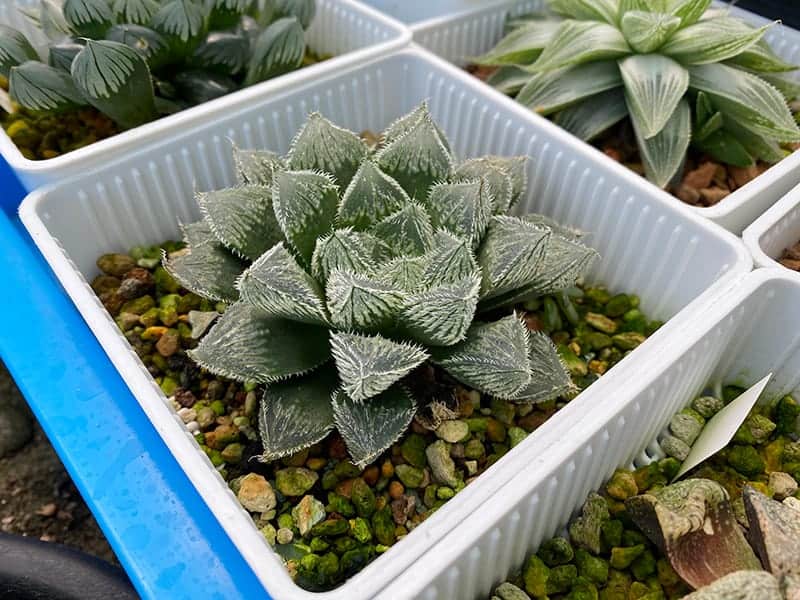
This delightful plant has chunky leaves that have soft pointed tips. The leaves are pale gray-green and covered in fluffy downy white hair.
Haworthia cooperi var. Dielsiana
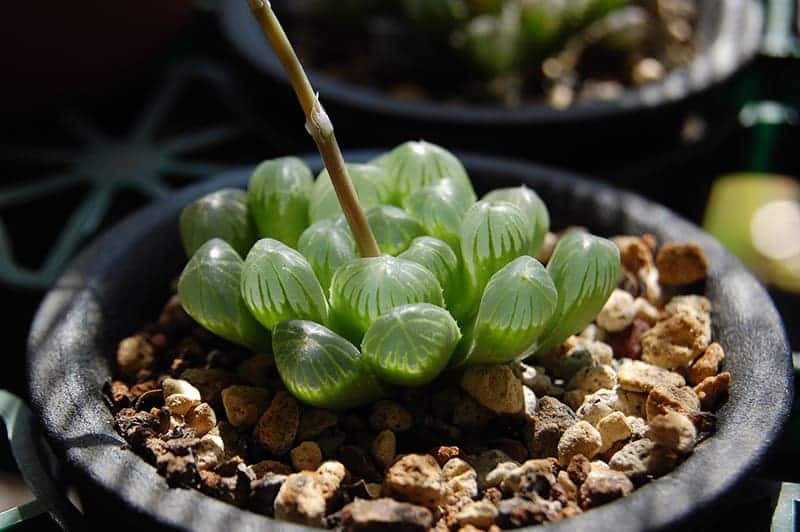
The leaves of this plant are globular, with unusual variation at the rounded tips. They are pale green and are slow-growing.
Haworthia cooperi var. Truncata

This variety produces bulging balloon-shaped leaves in large clusters. The leaves are green and glass-like and almost entirely transparent. They are comparable to a clump of grapes in appearance.
Haworthia cooperi var. Picturata
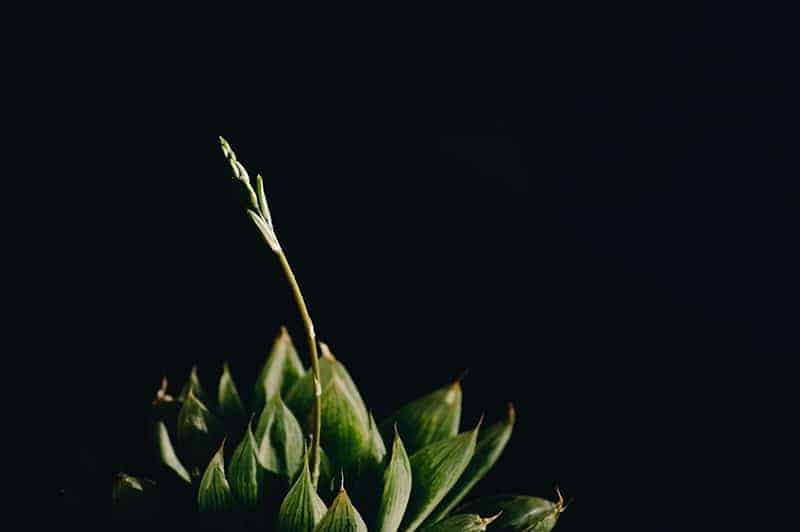
This plant has swollen yellow-green leaves with pointed tips. Each tip in the rosette points inwards, giving and almost spherical appearance. It is fast-growing and produces offsets easily.
FAQs
How do I grow Haworthia from seeds?
Haworthia plants produce flowers, generally do so during the summer months. Spent flowers will go to seed, leaving a seed pod behind with tiny black seeds. If you are interested in trying to grow Haworthia from seeds, watch the seed pod, which turns dark as it matures. When this happens, loosely wrap it with clear tape, leaving the top open. This will keep the seeds healthy but allow you to capture them when the pod breaks open. Plant seeds within six months of harvest. Sow seeds in a well-drained propagation medium. Cover the seeds with a thin layer of pumice or other coarse particles, water, and then cover the container with a clear plastic bag to help maintain humidity. Place in bright light. Seeds should germinate within about a week.
What’s the difference between Haworthia and the Aloe plant?
Although in the same family, Asphodelaceae, there are several differences between these two succulents. Haworthia is generally smaller than most aloe plants. Also, aloe plants have teeth along the leaf margins or edges, Haworthia leaf margins are not toothed.
Is Haworthia toxic to people or animals?
Haworthias are not poisonous to cats, dogs, or people.
